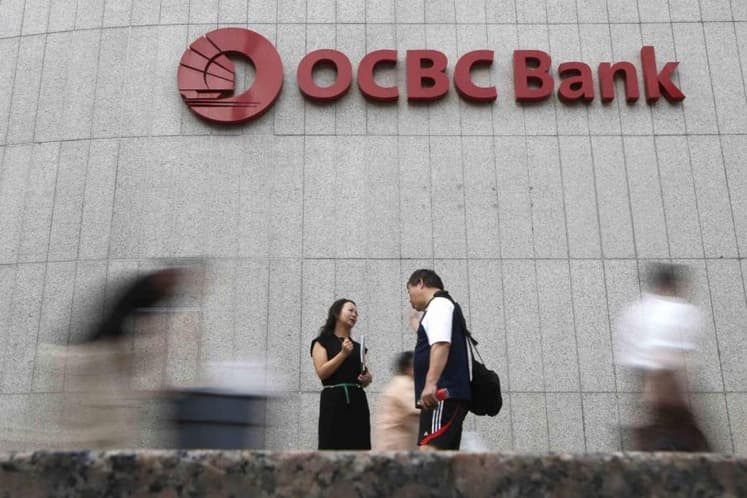
KUALA LUMPUR (April 30): Bank Negara Malaysia is unlikely to cut the overnight policy rate (OPR) in the monetary policy committee meeting next Tuesday.
However, the central bank may reduce statutory reserve requirement (SRR) ratio further from 2% currently, according to OCBC Bank economist Wellian Wiranto.
In a report released today, Wiranto explained that given the six-month loan moratorium, the economic body is simply not ready to absorb another rate cut now after the 25 basis points cut on March 3.
“Since most borrowers do not need to service their loans at all, lower interest rates mean very little,” he added.
While Wiranto is not convinced that the timing is good to trim the OPR in the upcoming MPC meeting, he said he does not rule out another cut on SRR ratio.
On March 19, BNM had cut the SRR by 100bps to release RM30 billion of banking sector liquidity, and followed suit with a six-month loans moratorium announcement on March 24, 2020.
During the Global Financial Crisis, the Central Bank slashed SRR by 250 bps to 1% in March 2009, this was three months after a 50bps cut to 3.5% in December 2008.
“To best ensure an eventual recovery, the continued health of the banking sector – which bears the brunt of the moratorium’s costs – is crucial too,” Wiranto wrote in the research note.
With the loan moratorium granted, households and small and medium enterprises (SMEs) – which make up more than 75% of the banking sector’s loan book – are given automatic reprieve from servicing their loans, he said, adding that for larger corporations, any reprieve will depend on their negotiations with the banks.
“Since a vast majority of borrowers do not need to service their loans at all, lower interest rates during the period would carry very little oomph in terms of actual transmission and also bring only a subdued boost to sentiment,” said Wiranto.
The banks are now facing the spectre of a potential pick-up in non-performing loans as well as absence of income streams coming in from the loans servicing during the six-month moratorium. Thus, should there be a rate cut now, this may bring about a more compressed interest margin for the banks, adding another layer of challenges for the banks, said Wiranto.
“While the scale of the slowdown and the space that it has may yet compel it to cut rate immediately instead of waiting for the second half of the year, we think that on balance, it would opt to wait to help ensure sustained banking sector health,” he added.
He pointed out that the potential consequence of another rate cut is that the ringgit’s trajectory might be impacted further by reduced yield differentials as the local currency “remains inadvertently tied in investors’ minds to oil’s (mis)fortunes”.
Moreover, Malaysia is a net oil exporter, the ringgit has had a relatively high correlation with crude oil price – and that is not a good thing when oil has been trading in the doldrums, said Wiranto.
The government has extended the MCO for the third time to May 12 and Wiranto is expecting a larger contraction in Gross Domestic Product (GDP) at 1.5% for 2020, versus his earlier forecast of 0.5% GDP contraction.
While the government has allowed for essential services to now operate at 100% capacity during the MCO period, he viewed that a "soft reopening" of segments of the economy should help to cushion the blow to some extent.